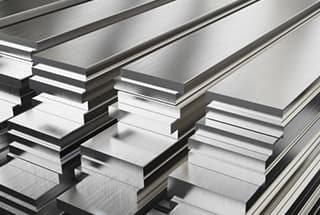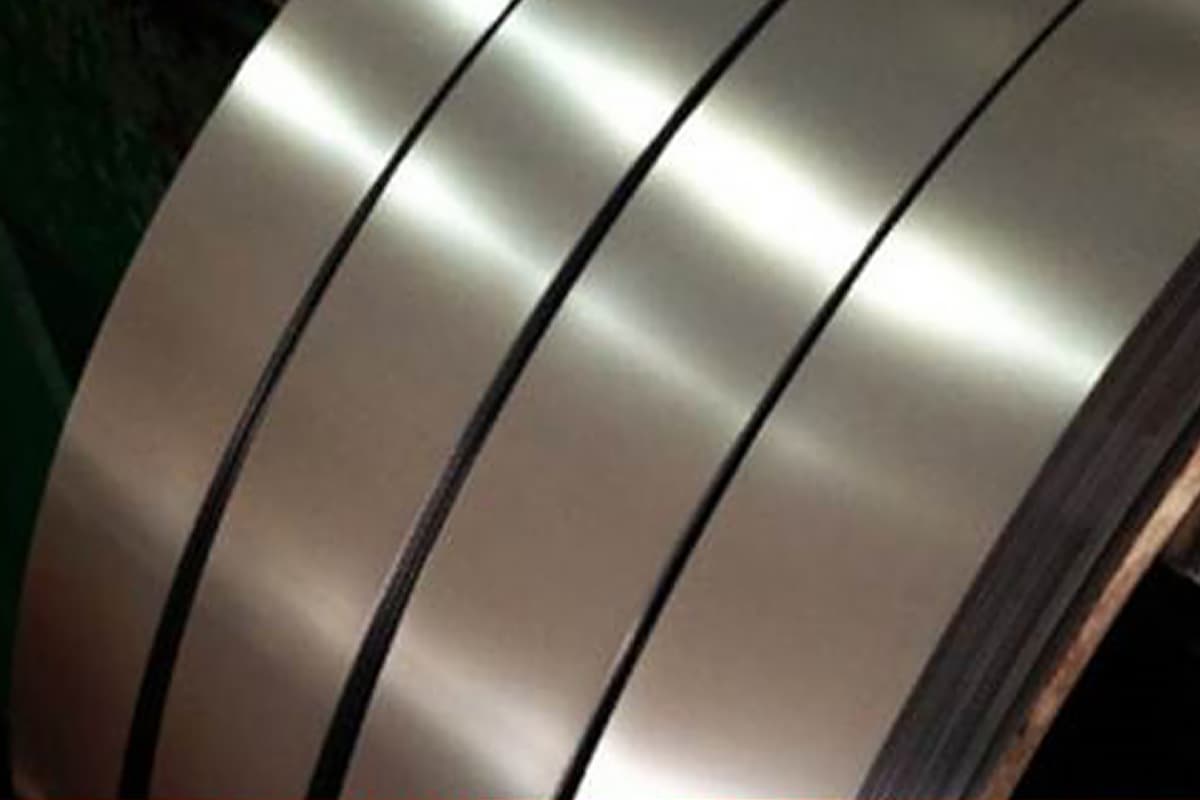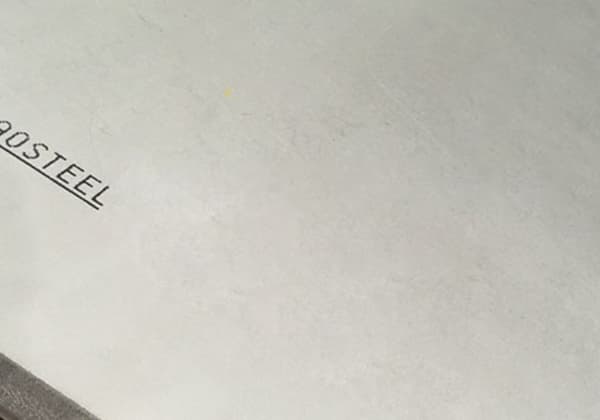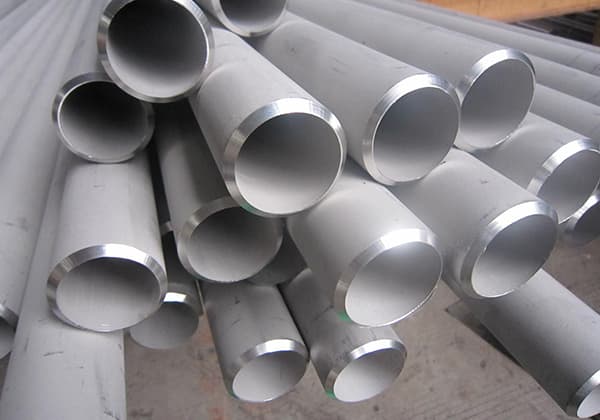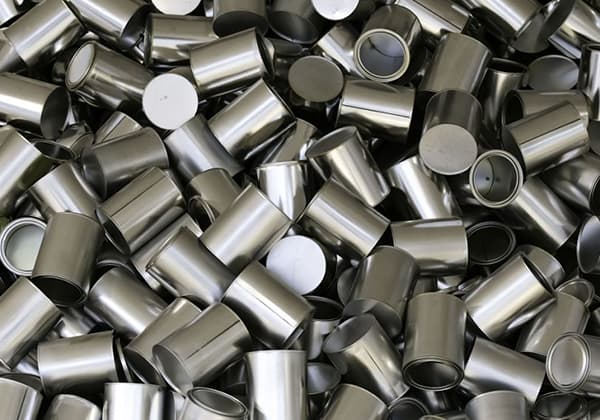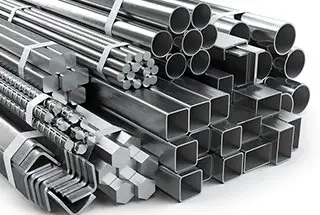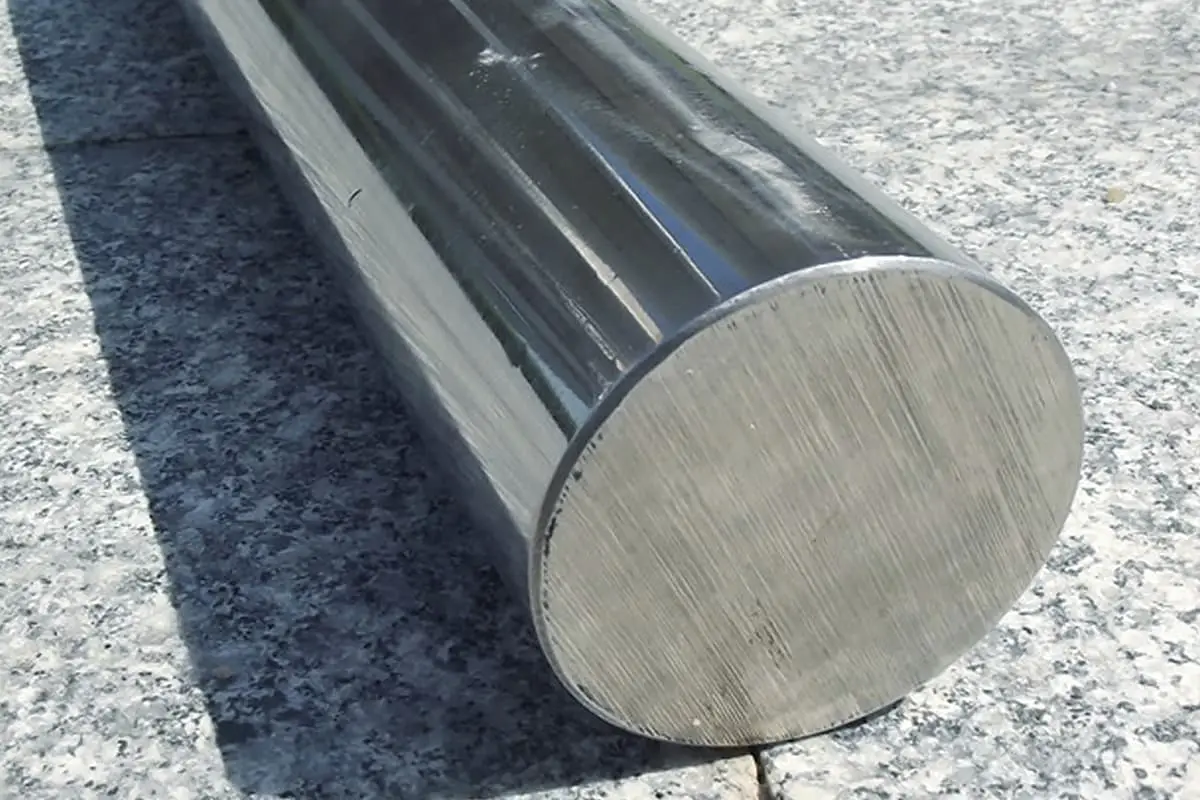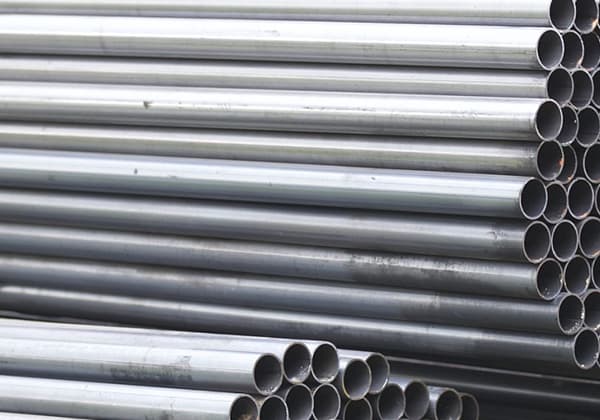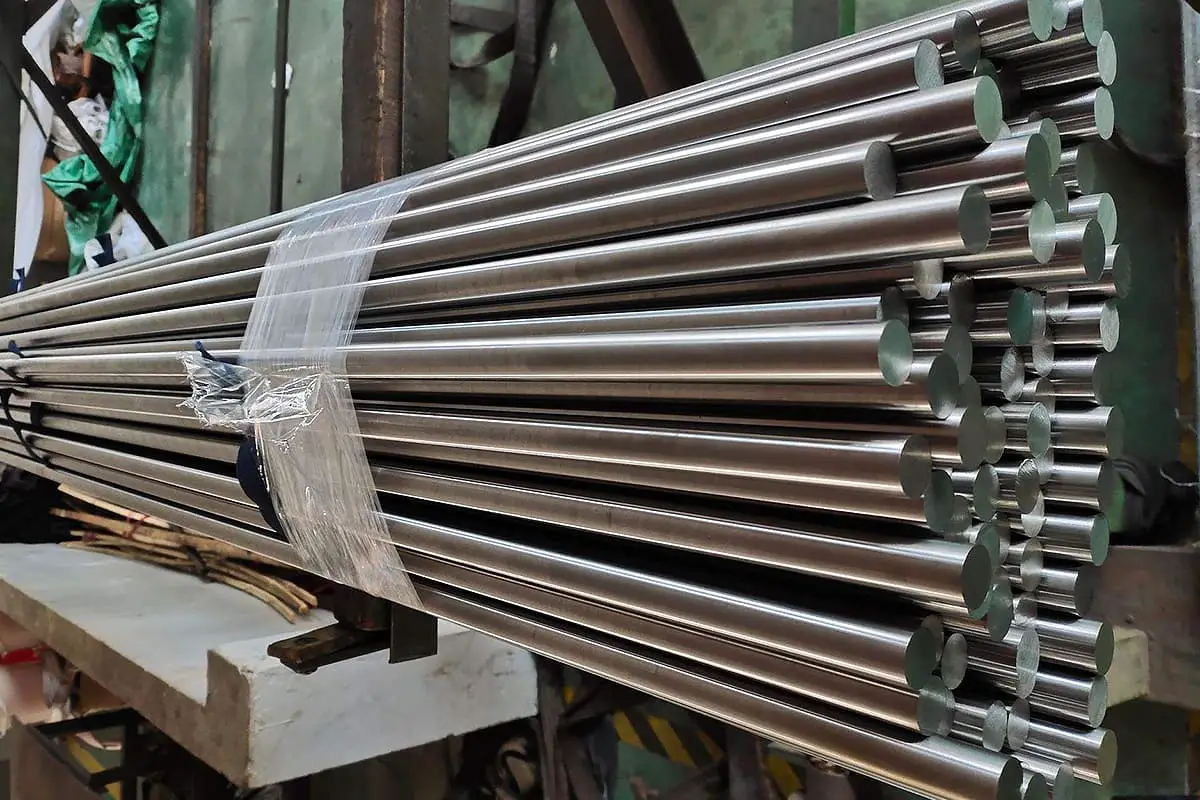
Have you ever wondered why stainless steel types like 304, 304L, and 304H differ? This article reveals the key distinctions, focusing on their carbon content and its impact on performance. By reading on, you’ll uncover how these differences affect corrosion resistance, strength, and suitability for various applications.
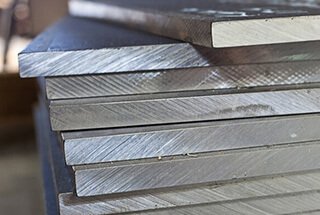
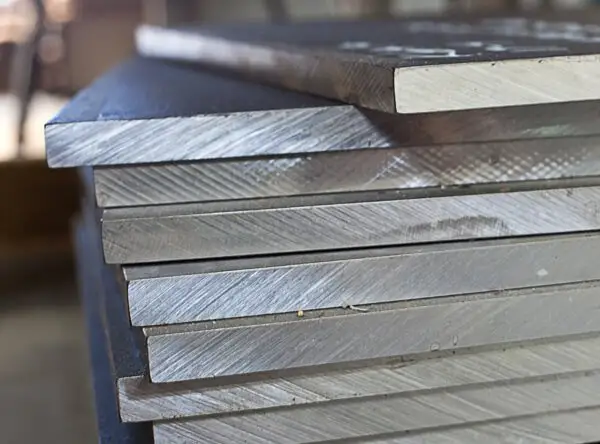
In actuality, all three are 304 stainless steel based on their chromium-nickel content, which comprises 18% chromium (Cr) and 8% nickel (Ni). However, the main difference lies in the quantity of carbon present.
Table of chemical composition (%) of 304, 304L, 304H
| Item | C | Mn | P | S | Si | Cr | Ni | N |
| 304 | 0.08 | 2 | 0.045 | 0.03 | 0.75 | 18-20 | 8-10.5 | 0.1 |
| 304L | 0.03 | 2 | 0.045 | 0.03 | 0.75 | 18-20 | 8-12 | 0.1 |
| 304H | 0.04-0.1 | 2 | 0.045 | 0.03 | 0.75 | 18-20 | 8-10.5 |
Note: The unspecified range is less than or equal to.
In reality, 304, 304L, and 304H are all variants of austenitic stainless steel, sharing a base composition of approximately 18% chromium (Cr) and 8% nickel (Ni). The primary distinction among these grades lies in their carbon content, which significantly influences their properties and applications.
304L is an ultra-low carbon stainless steel, with carbon content reduced to a maximum of 0.03%. This reduction in carbon content enhances weldability and improves resistance to intergranular corrosion, particularly in welded structures. While 304L may offer slightly improved stress corrosion resistance in certain environments, this advantage is often negligible in practical applications.
The carbon reduction in 304L serves a similar purpose to the addition of titanium in 321 stainless steel. However, 321 is generally more expensive to produce due to the titanium alloying, resulting in higher material costs and potentially thicker sections for equivalent strength.
304H is specifically designed for high-temperature applications. Its higher carbon content (typically 0.04-0.10%) improves creep resistance and high-temperature strength. This aligns with standards like GB150, which mandate a minimum carbon content of 0.04% for austenitic steels used at temperatures of 525°C or higher. The increased carbon facilitates the formation of carbides, which act as a strengthening phase, enhancing the steel’s performance at elevated temperatures compared to lower carbon austenitic grades.
Among these variants, 304H has the highest carbon content, 304L the lowest, and standard 304 falls in between (typically 0.08% maximum). It’s important to note that while higher carbon content improves high-temperature strength, it can adversely affect corrosion resistance, particularly in welded structures or aggressive environments.
The differences in carbon content not only influence the mechanical and corrosion properties but also impact the price and suitability for specific applications. For instance, 304L might be preferred in welded structures exposed to corrosive environments, while 304H would be the choice for high-temperature applications where strength retention is crucial.
When selecting between these grades, engineers must carefully consider the specific application requirements, including operating temperature, corrosive environment exposure, welding needs, and cost constraints, to determine the most suitable variant for their project.
Mechanical properties table of 304, 304L, 304H
| Item | Tensile strength | Yield strength | 50mm elongation | Hardness | Cold bending | |
|---|---|---|---|---|---|---|
| MPa | MPa | Brinell | Rockwell | |||
| 304 | >515 | ≥205 | ≥40 | ≥201 | ≥92 | no requirement |
| 304L | >485 | ≥170 | ≥40 | ≥201 | ≥92 | no requirement |
| 304H | ≥515 | ≥205 | ≥40 | ≥201 | ≥92 | no requirement |
Note: The yield strength refers to 0.2% yield strength.
It is important to note that the idea that 304L can be used instead of 304 is incorrect. The suitability of the material depends on the application and cannot be determined without considering the relevant rules and regulations. Only the original design department has the authority to make changes, and this should be kept in mind.

